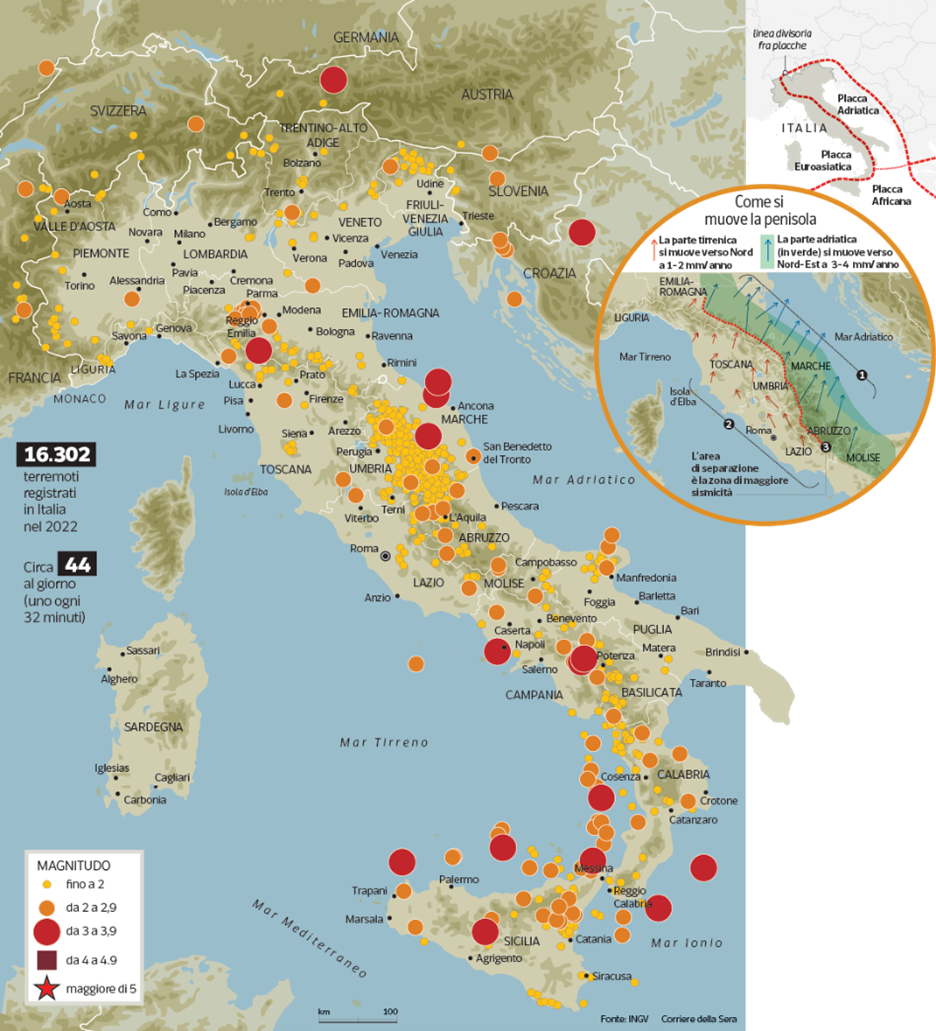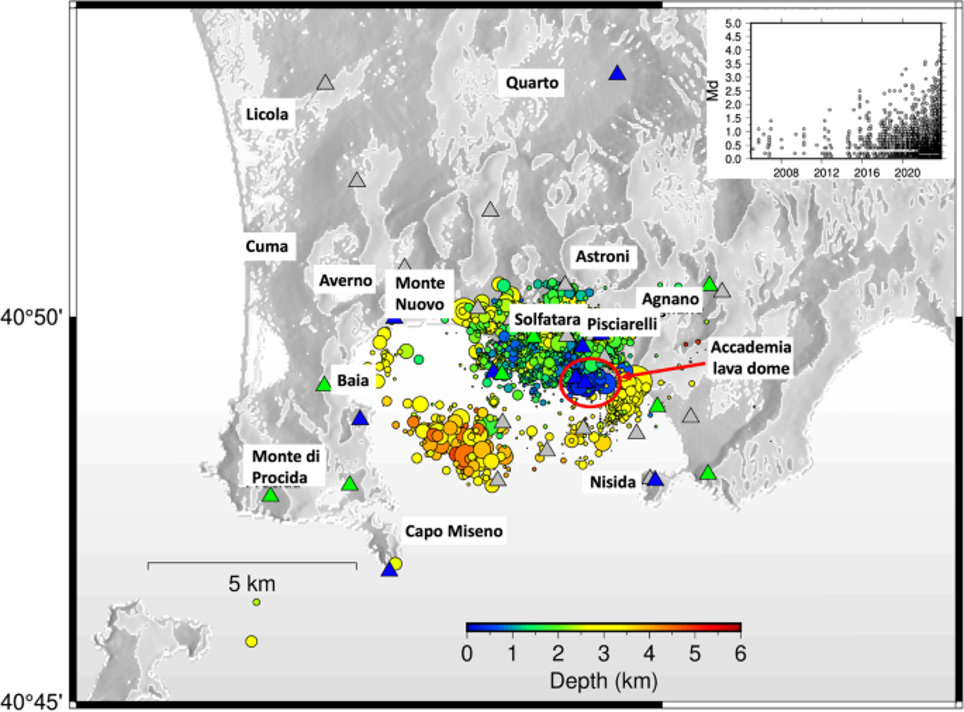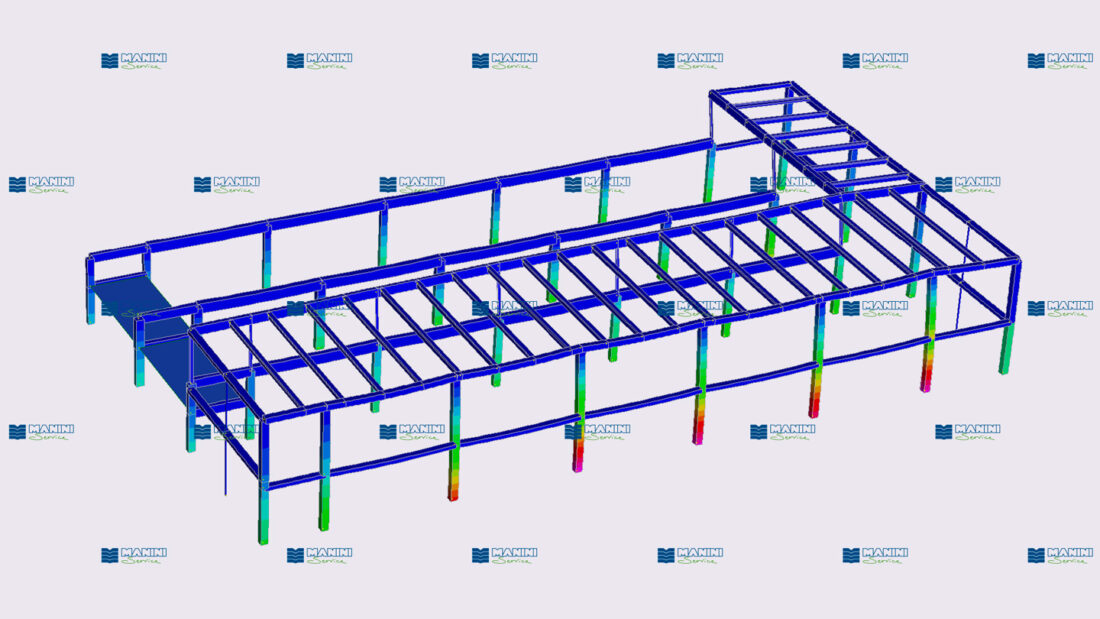
Seismic Prevention: Where Are We with Scientific Research?
The possibility of accurately predicting an earthquake has always been at the center of scientific research and attention in the construction sector, as highlighted in the article published in the LOGIN insert of Corriere della Sera. Although direct prediction remains a complex challenge, significant progress has been made through the use of models based on earthquake clustering and the integration of advanced technologies such as artificial intelligence.
Seismic Prevention and Scientific Research
Although the exact prediction of an earthquake is still difficult, scientific research has recorded promising successes. The use of models based on earthquake clustering, combined with artificial intelligence, offers a clearer perspective on the possibility of predicting seismic swarms, especially through the analysis of aftershocks following a main earthquake.
Manini Connect: Advanced Seismic Monitoring
In this context, Manini Connect stands out as a real-time remote monitoring system, aligned with current scientific knowledge. Its main focus is seismic monitoring, recording the accelerations perceived by the building during a seismic event. This allows technicians to analyze how the structure has reacted to the earthquake, comparing the theoretical design displacements with those actually recorded.
Advanced Technology for Seismic Prevention
Manini Connect goes beyond simple seismic monitoring, embracing a holistic approach to prevention. Using sophisticated algorithms and cutting-edge technology, the system monitors various environmental parameters. These include the proper drainage of rainwater, wind actions, CO2 emissions, temperature, and relative humidity inside the building.
Extensive Environmental Monitoring
The Manini Connect system is not limited to seismic monitoring but extends its surveillance to atmospheric events and environmental quality. It monitors the proper drainage of rainwater, wind actions, CO2 emissions, and the temperature and relative humidity inside the building.
Here is the article by Paolo Virtuani published in the LOGIN insert of Corriere della Sera



